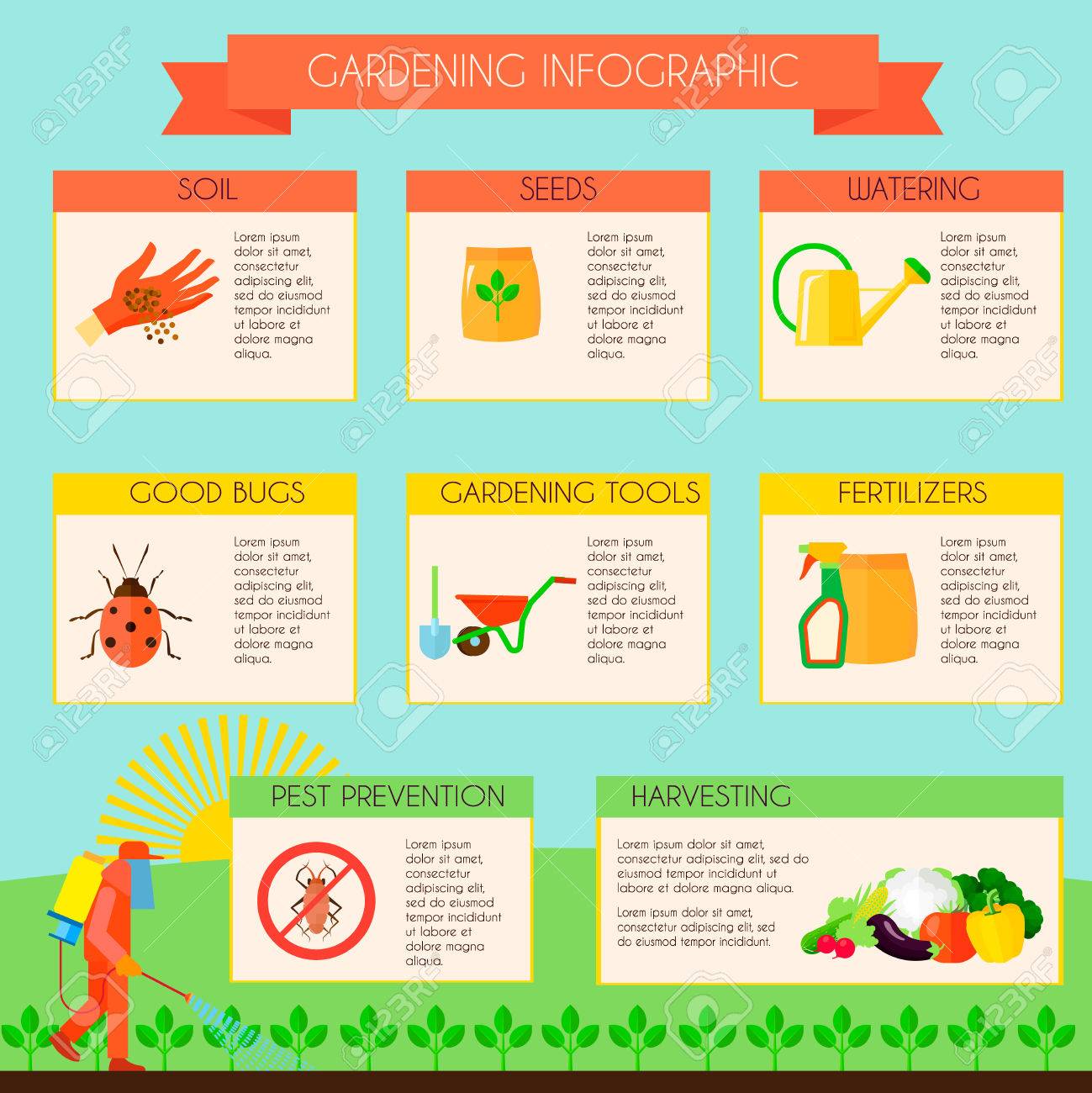Analyzing The Numerous Type Of Termites And How They Behave
Analyzing The Numerous Type Of Termites And How They Behave
Blog Article
Short Article Author-Basse Ravn
When observing the detailed world of termites, you'll see a varied array of types, each with its very own distinctive behaviors and environments. Below ground termites might seem unassuming as they create mud tubes, yet their influence on wooden frameworks is far from minimal. However, drywood termites offer a different obstacle, residing within the extremely timber they take in, escaping simple discovery. As preferred pest control consider these nuances in termite behavior, a deeper understanding of these insects' complicated societies and survival techniques arises, clarifying the significance of additional exploration right into their world.
Common Kind Of Termites
When determining common types of termites, it's essential to recognize their distinctive characteristics and actions. One of one of the most extensive kinds is the below ground termite. These termites reside in the dirt and construct elaborate mud tubes to accessibility food sources above ground. Below ground termites are recognized for their devastating feeding practices, frequently targeting wood structures within homes.
Another usual type is the drywood termite. Unlike subterranean termites, drywood termites do not need contact with the dirt. Rather, they live straight within the timber they consume. These termites can be more difficult to spot as they do not create mud tubes, making their existence harder to recognize till significant damages has been done.
Formosan termites are one more widespread kind recognized for their aggressive feeding routines. They can take in wood at a quick speed, bring about substantial architectural damage if left untreated. Identifying these typical types of termites beforehand is vital in executing effective insect control procedures to protect your building.
Habits Patterns of Termites
Comprehending the actions patterns of termites is vital for properly taking care of and stopping problems in your residential or commercial property. These tiny pests can trigger substantial damage if left unchecked. Below are four key behavior patterns of termites that you ought to recognize:
1. ** Social Structure **: Termites reside in nests with a specified pecking order consisting of employees, soldiers, and the queen. Understanding this structure can help in targeting the resource of the infestation.
2. ** Feeding Behaviors **: Termites feed on cellulose found in timber and other plant materials. They can take in substantial quantities of timber, leading to structural damage if not managed promptly.
3. ** Nesting Behavior **: Termites develop fancy nests that can vary based upon the varieties. Recognizing where termites may nest can aid in situating and removing colonies.
4. ** Abounding Habits **: Termite flocks consist of winged reproductive individuals seeking to develop new nests. Recognizing swarmers can show a neighboring infestation and the need for instant activity.
Handling Termite Infestations
To effectively handle termite problems, aggressive assessment and targeted treatment are crucial. Regularly examine your building for any indicators of termite task, such as mud tubes, hollow-sounding wood, or disposed of wings. Attending to oconner pest control of issues quickly can help prevent extensive damages to your home. If sherrill pest control manchester tennessee suspect a termite invasion, it's essential to speak to a specialist bug control solution for a comprehensive evaluation.
Therapy options for handling termite problems differ depending on the extent of the problem. In cases of local invasions, place therapies might be effective. Nevertheless, if the invasion is widespread, tenting and fumigation may be necessary to eliminate the termites totally.
Preventative procedures can also help in handling termite invasions. These include lowering moisture around your home, storing firewood away from the house, and maintaining a clearance between dirt and wood structures. By being aggressive and taking essential precautions, you can properly manage termite problems and safeguard your building from prospective damage.
Conclusion
As you explore the globe of termites, you'll find a remarkable tapestry of habits and features. Much like a symphony of nature, each type of termite plays a special duty in the ecosystem.
By understanding their actions patterns and managing invasions properly, you can integrate with these small however mighty creatures. So grab your conductor's baton and let's manage a termite-free future with each other!
